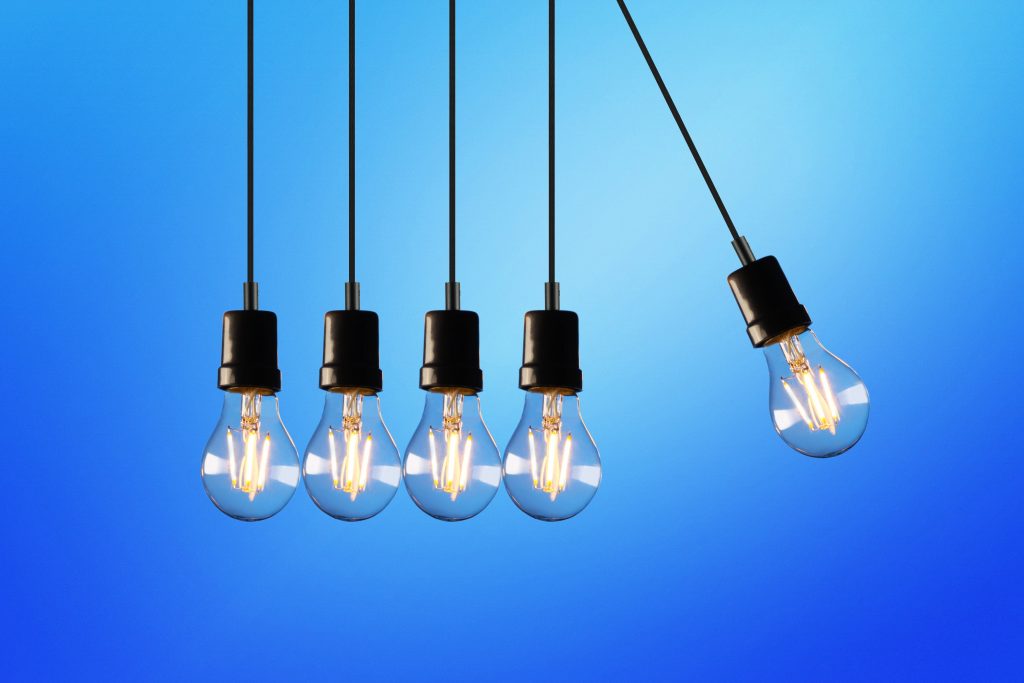While users of windmills drive their water pumps and grind grains, wind turbines provide energy for generating electricity. However, the invention of windmills and turbines has helped large-scale farmers to harness the wind for many purposes. So, wind power is useful when you need reliable and clean energy. We have also seen vessels and sailboats using the power of wind energy for transportation. Without knowing the benefits of wind energy, it might be difficult to apply this from energy.
What is Wind Energy?
Energy from the wind around us is grouped into three main types. As a source of renewable energy, wind energy is the application of air flows to generate electric power. It’s the kinetic energy from air movements that determines the quantum of wind energy that can generate electricity.
When we say renewable energy, it means the source doesn’t deplete (inexhaustible) after producing heat or electricity. Wind energy comes from a renewable source where efficient technologies help to capture kinetic energy. Generally, this technology and the concept of wind power generation emit zero carbon.
What are the types of Wind Energy And Turbine?
While wind energy is the type of technology that provides power, turbines are infrastructure for generating this energy. The three types of wind energy are based according to their output and installation.
- Utility-scale Wind: Wind turbines under this category use power grid to transmit electricity. The capacity of utility-scale wind farms ranges between 100 kilowatts to large megawatts of electricity.
- Distributed Wind: This category of wind energy plant is also called a “small” wind plant because it generates less than 100 kilowatts. Usually, the turbines don’t have power grids, and they send electricity to homes, farms, and offices directly.
- Offshore Wind: installing wind turbines on offshore in the ocean often takes a larger chunk of space than land-based wind farms. An example of an offshore wind farm is the Walney Extension. It’s the world’s largest offshore wind farm with a grid of 87 turbines and wind power generation capacity of 659 megawatts.
The horizontal-axis wind turbine (HAWT) is the most common type of wind turbine infrastructure. It uses thin blades that have high resistance to air, and are often between two to three blades attached to the rotor. The vertical-axis wind turbine (VAWT) has shorter blades, and they are wider too.

Use Wind Energy When You Need Eco-friendly Sources of Electricity
Toxic greenhouse gases deplete the ozone layer and are carcinogenic. While degrading ecosystems, these air contaminants also affect building structures and cause respiratory diseases like asthma. With zero emissions, wind turbines or any wind farm can build healthy, safe, and sustainable environments. One of the amazing benefits of setting up a wind turbine is the consumption of clean energy. Usually, a cluster of wind turbines forms a power plant (wind farm) with other turbine components.
They include blades (rotors), drive trains, electrical cables, and towers. None of these components emit carbon or greenhouse gases when the turbine’s rotor spins its generator to produce electricity. Consequently, wind farms are eco-friendly sources of clean energy.
Use Wind Energy to Reduce the Cost of Electricity
Consumers of electricity from wind energy pay lesser than people that rely on fossil fuels. Setting up a wind farm might not be simple, but the cost of infrastructure is cheaper than drilling the earth for raw materials like fossil fuels. As world leaders are encouraging the production of electric cars, we expect more electric vehicle charging outlets to be powered with wind energy. Since wind power is cost-effective, scientists are working hard to provide efficient technologies for more renewable sources of energy.
Additionally, the governments of China, USA, Germany, Spain, and India are creating opportunities for wealth and jobs through wind farms.
